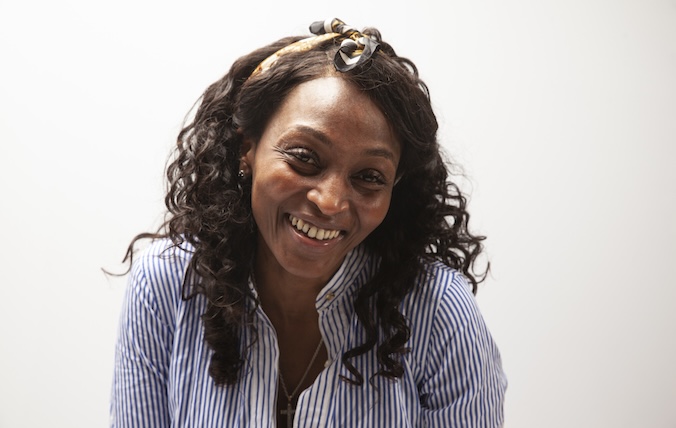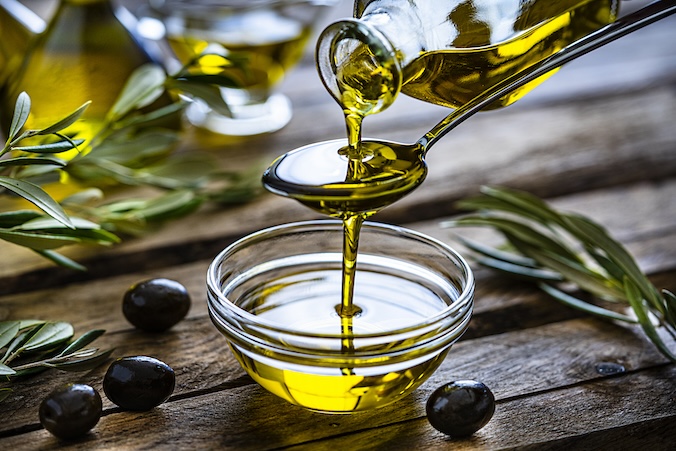How to exercise smarter during perimenopause and menopause

When you’re going through perimenopause or menopause, staying active is one of the best ways to support your overall health, manage weight, boost mood, and strengthen bones. But the kind of exercise you do - and how intensely you do it - can make a big difference.
In fact, too much high-intensity training during this hormonal phase can do more harm than good. Here’s how to move your body in a way that supports your hormones, joints, and nervous system.
Why Intense Workouts Can Backfire
During perimenopause and menopause, oestrogen levels begin to decline, and this hormone plays a key role in joint health. That’s because joints contain oestrogen receptors, and when hormone levels drop, joints can become more sensitive, stiff, or inflamed.
At the same time, intense exercise raises your core temperature - which can trigger or worsen hot flushes, especially if you’re already experiencing them regularly.
But perhaps most importantly, high-intensity workouts stimulate the HPA axis; the brain-adrenal communication system responsible for managing stress. Overtraining can elevate cortisol, your body’s main stress hormone, leading to fatigue, poor sleep, stubborn weight gain, and even more hormonal imbalance.
What Kind of Exercise Works Best?
The good news is that you don’t have to go hard to feel great. In fact, during this life stage, less is more and consistency is key. Here’s what to focus on:
1. Low-Impact Aerobic Exercise
Gentle movement gets the heart pumping without overstressing the joints or nervous system.
- Brisk walking in nature
- Light swimming or aqua aerobics
- Gentle jogging or cycling
2. Stretching for Flexibility & Calm
As muscles tighten and mobility decreases with age, stretching becomes essential both physically and mentally.
- Yoga (especially yin or restorative yoga)
- Pilates for core strength and posture
- Daily stretching to relieve stiffness
3. Resistance Training with a Gentle Touch
Resistance or strength training is key to maintaining muscle mass and bone density, which naturally decline with age. But you don’t need heavy lifting to see results.
- Light dumbbells
- Resistance bands
- Bodyweight exercises like squats, lunges, and push-ups
4. Some Cardiovascular work
Try to include 20 minutes of cardiovascular training twice a week.
· Jogging
· Swimming
· Tennis
Focus on form and breathing over intensity.
Listen to Your Body’s Rhythms
In this season of life, movement should feel nourishing, not depleting. Choose exercises that energise you rather than exhaust you. Honour rest days. And remember that hormonal health is about balance – not burnout.
Move with Kindness, Not Pressure
Adapting your fitness routine during perimenopause and menopause isn’t about slowing down - it’s about getting smarter. By embracing a gentler, more intuitive approach, you support your body’s needs, reduce inflammation, and strengthen from the inside out.






